
Photo Attribution: Keystone-France/Gamma-Keystone, Public domain, via Wikimedia Commons
Benito Mussolini
This example has been viewed 890x times
Summary
Rodden Rating
Analysis for Benito Mussolini
Biography
Benito Amilcare Andrea Mussolini (UK: /ˌmʊsəˈliːni, ˌmʌs-/ MU(U)SS-ə-LEE-nee, US: /ˌmuːs-/ MOOSS-, Italian: [beˈniːto aˈmilkare anˈdrɛːa mussoˈliːni];[1] 29 July 1883 – 28 April 1945) was an Italian dictator and journalist who founded and led the National Fascist Party (PNF). He was Prime Minister of Italy from the March on Rome in 1922 until his deposition in 1943, as well as "Duce" of Italian fascism from the establishment of the Italian Fasces of Combat in 1919 until his summary execution in 1945 by Italian partisans. As dictator of Italy and principal founder of fascism, Mussolini inspired and supported the international spread of fascist movements during the inter-war period.[2][3][4][5][6]
Mussolini was originally a socialist politician and a journalist at the Avanti! newspaper. In 1912, he became a member of the National Directorate of the Italian Socialist Party (PSI),[7] but he was expelled from the PSI for advocating military intervention in World War I, in opposition to the party's stance on neutrality. In 1914, Mussolini founded a new newspaper, Il Popolo d'Italia, and served in the Royal Italian Army during the war until he was wounded and discharged in 1917. Mussolini denounced the PSI, his views now centering on Italian nationalism instead of socialism, and later founded the fascist movement which came to oppose egalitarianism[8] and class conflict, instead advocating "revolutionary nationalism" transcending class lines.[9] On 31 October 1922, following the March on Rome (28–30 October), Mussolini was appointed prime minister by King Victor Emmanuel III, becoming the youngest individual to hold the office up to that time. After removing all political opposition through his secret police and outlawing labor strikes,[10] Mussolini and his followers consolidated power through a series of laws that transformed the nation into a one-party dictatorship. Within five years, Mussolini had established dictatorial authority by both legal and illegal means and aspired to create a totalitarian state. In 1929, Mussolini signed the Lateran Treaty with the Holy See to establish Vatican City.
Mussolini's foreign policy aimed to expand the Italian possessions and the fascist sphere of influence. In the 1920s, he ordered the Pacification of Libya, instructed the bombing of Corfu over an incident with Greece, established a protectorate over Albania, and incorporated the city of Fiume into the Italian state via agreements with Yugoslavia. In 1936, Ethiopia was conquered following the Second Italo-Ethiopian War and merged into Italian East Africa (AOI) with Eritrea and Somalia. In 1939, Italian forces annexed Albania. Between 1936 and 1939, Mussolini ordered the Italian military intervention in Spain in favor of Francisco Franco during the Spanish Civil War. At the same time, Mussolini initially tried to retain the status quo established after World War I by sending troops at the Brenner Pass to delay Anschluss and taking part in the Treaty of Lausanne, the Lytton Report, the Four-Power Pact and the Stresa Front. However, he ultimately alienated the democratic powers following growing opposition to Italy within the League of Nations, which he left in 1937; now hostile to France and Britain, Italy formed the Axis alliance with Germany and Japan.
The wars of the 1930s, although successful, had costed Italy enormous resources; the fascist regime had thus delayed re-armament and the country was unprepared for the upcoming Second World War. Therefore, when Poland was invaded on 1 September 1939, Mussolini declared Italy's non-belligerence. On 10 June 1940, believing that Allied defeat was imminent, he decided to join the war on the side of Germany to share the potential spoils of victory. Yet the conflict proved to be far from over; after three years of campaigns in France, East Africa, the Sahara, the Balkans, and the Soviet Union, fought with an equipment largely dating back to World War I and suffering significant casualties, the Italians were tired of war, while the tide of the conflict had turned in favour of the Allies. Following the invasion of Sicily and a motion of no confidence passed by the Grand Council of Fascism, king Victor Emmanuel III dismissed Mussolini as head of government and placed him in custody. After the king agreed to an armistice with the Allies, on 12 September 1943 Mussolini was rescued from captivity in the Gran Sasso raid by German paratroopers and Waffen-SS commandos led by Major Otto-Harald Mors. Adolf Hitler, after meeting with the rescued former dictator, then put Mussolini in charge of a puppet state in German-occupied northern Italy, the Italian Social Republic (Italian: Repubblica Sociale Italiana, RSI),[11] informally known as the Salò Republic, which served as a collaborationist regime of the Germans in their fight against the Allies, the Kingdom of Italy, now a co-belligerent of the Allies, and the Italian resistance.
In late April 1945, in the wake of near total defeat, Mussolini and his mistress Clara Petacci attempted to flee to Switzerland,[12] but both were captured by Italian communist partisans and summarily executed by firing squad on 28 April 1945 near Lake Como. The bodies of Mussolini and his mistress were then taken to Milan, where they were hung upside down at a service station to publicly confirm their demise.[13]
Source: https://en.wikipedia.org/wiki/Benito_Mussolini
Raw Data
Horoscope Data
Comments
Natal Data
1883-07-29 14:09:00 LMT
44° 6′ 26.7″ N 11° 58′ 54.9″ E
Vicolo Dovia, 47016 Predappio FC, Italy



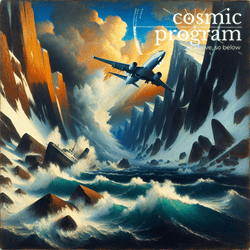









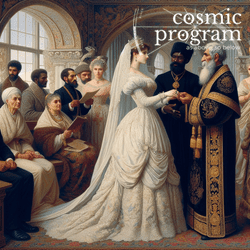

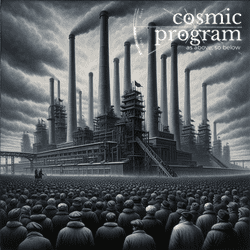
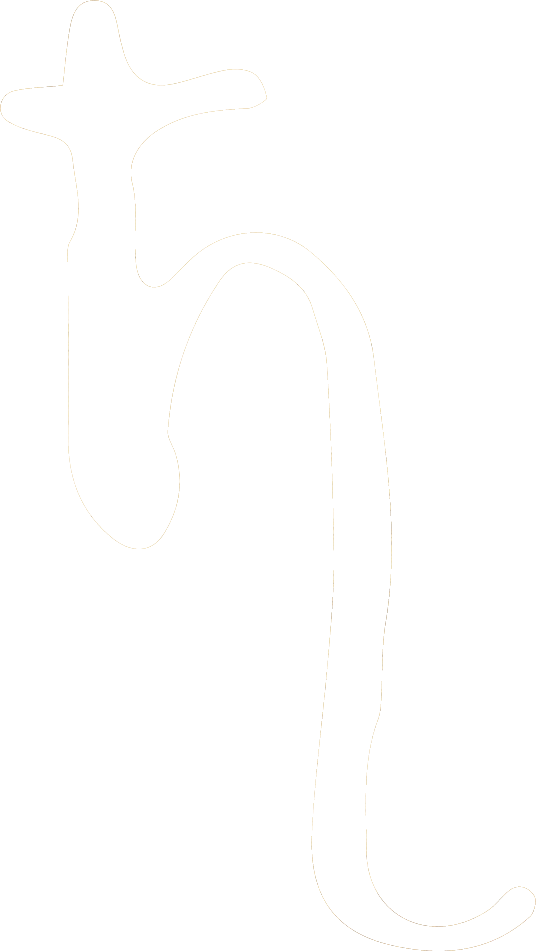



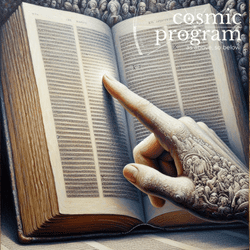





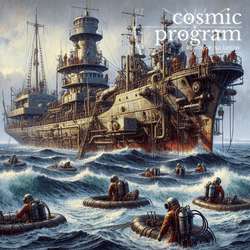


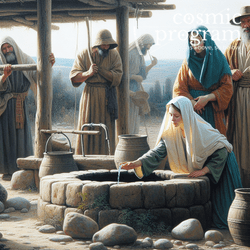



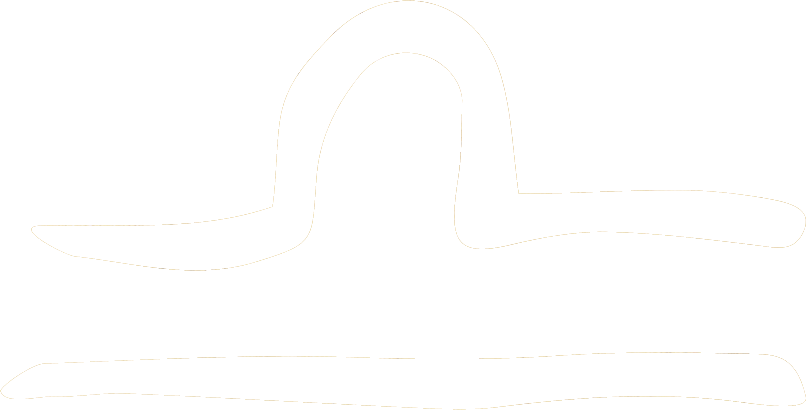
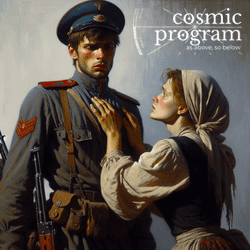

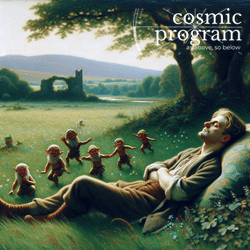

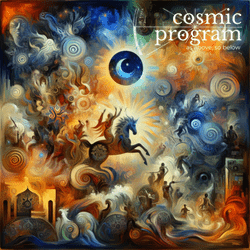
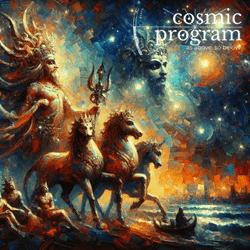
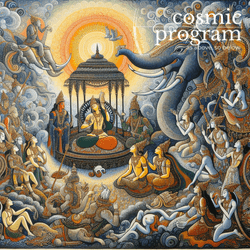
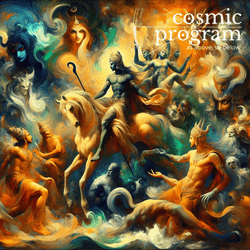
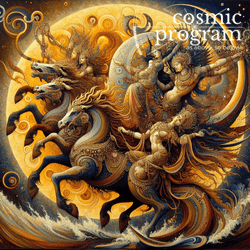
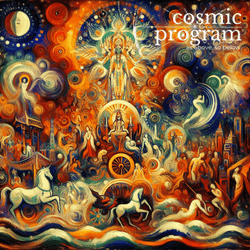




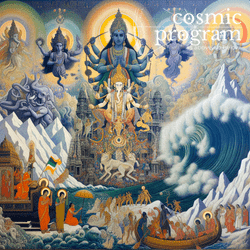
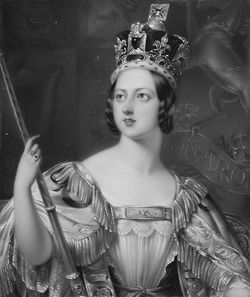
.jpg?bossToken=4f661722e3a5695dfa3add809fbe6419e8028c3fa9ce6213db52de08f36d9c41)
.jpg?bossToken=aceee26a772c970a96af7d7af15071dcf1e1f3a2a02e6d250d26e86b8919177c)
.jpg?bossToken=0f2dda4df52ba1b40ed5018cf32f44de23e830106aac863a8198a0f5098ae5aa)


.jpg?bossToken=1e246418f07d2b72d2593f3174d8a4cfd1d74826ef539c91e3d1825624d7515a)





